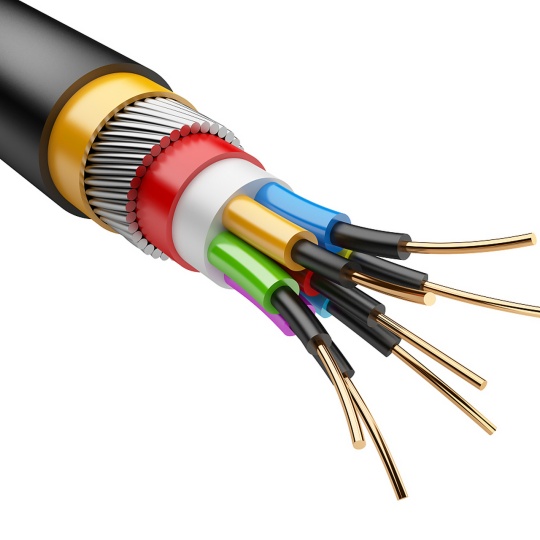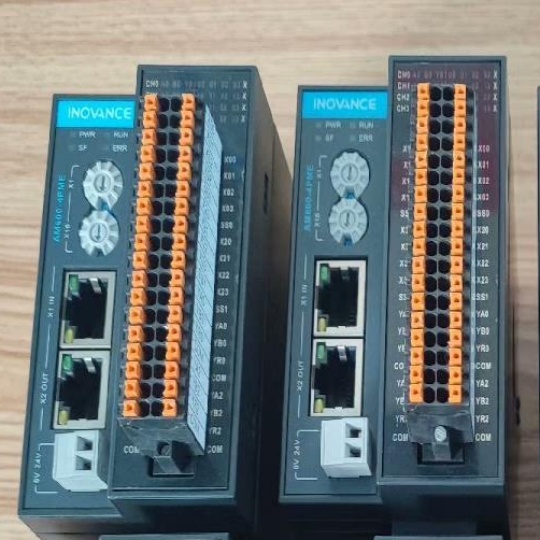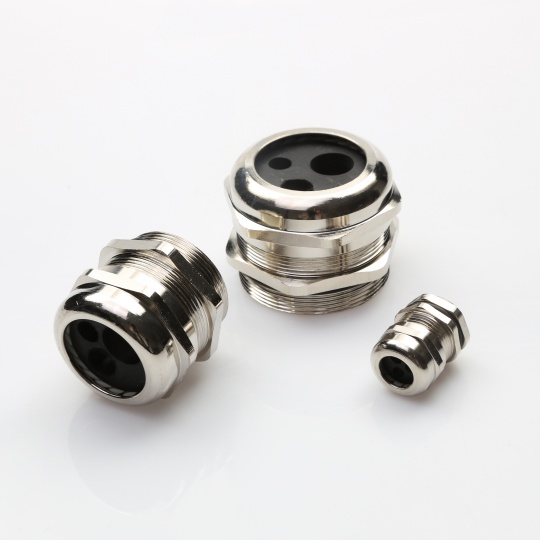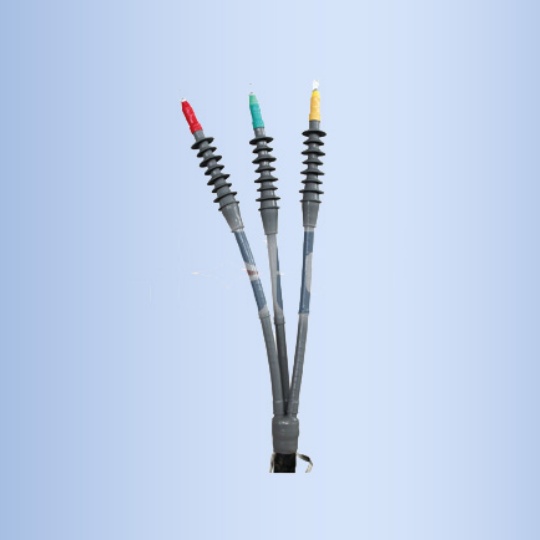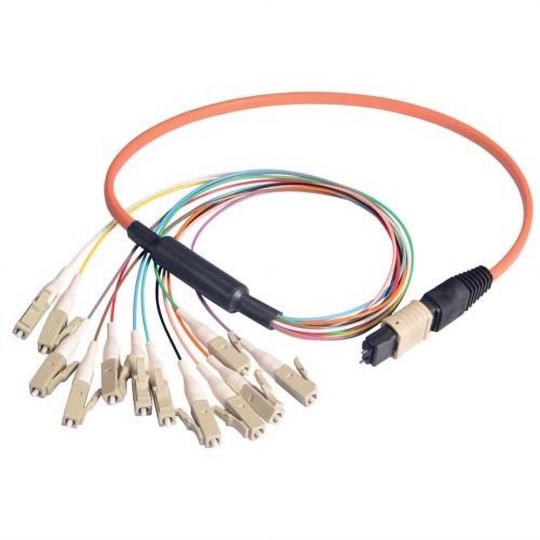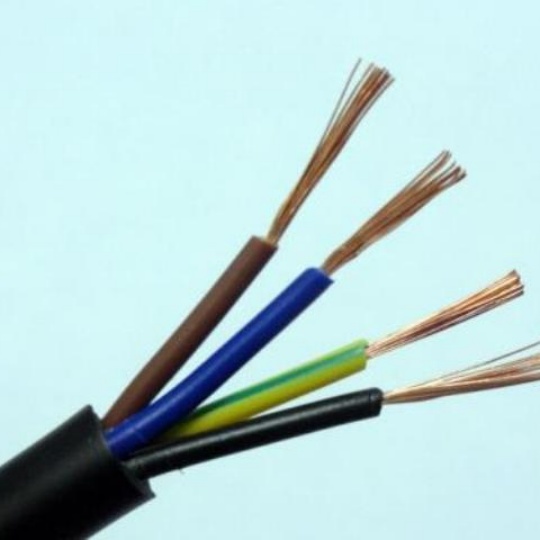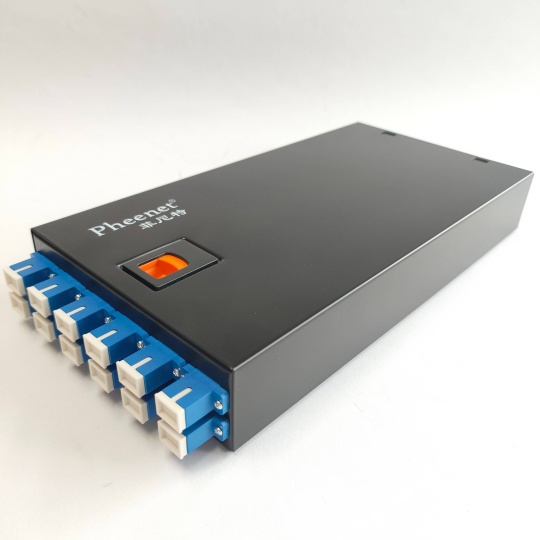Ultra-Thin Coaxial Cable for Space-Constrained Installations
In the ever-evolving landscape of modern technology, the demand for smaller, more efficient, and high-performance components has never been greater. This is particularly true in applications where space is at a premium, such as in aerospace, medical devices, and portable electronics. Ultra-thin coaxial cables have emerged as a game-changing solution, offering a combination of compact size, excellent signal integrity, and durability.
Understanding Ultra-Thin Coaxial Cables
Ultra-thin coaxial cables are a specialized type of coaxial cable that are designed to be significantly thinner and more flexible than traditional coaxial cables. They typically have a diameter ranging from 36 AWG to 50 AWG, with 36 AWG being around 0.127 mm in diameter and 50 AWG approximately 0.025 mm. This makes them ideal for applications where space is limited and where traditional cables would be too bulky or rigid.
The construction of ultra-thin coaxial cables is similar to that of traditional coaxial cables, with a central conductor, an insulating layer, a shielding layer, and an outer jacket. However, the materials used in their construction are carefully selected to ensure optimal performance in a compact form factor. The central conductor is often made of silver-plated copper alloy wire, which provides excellent conductivity and low signal loss. The insulating layer is typically made of PFA (perfluoroalkoxy), which offers superior thermal stability, chemical resistance, and flexibility. The shielding layer is usually made of tinned copper alloy wire, which minimizes electromagnetic interference (EMI) and ensures clean signal transmission. The outer jacket is also made of PFA, which enhances the cable’s durability and resistance to harsh environments.
Advantages of Ultra-Thin Coaxial Cables
Space Savings
The most obvious advantage of ultra-thin coaxial cables is their ability to save space. Their compact size allows them to be used in applications where traditional cables would not fit, such as in small medical devices, wearable electronics, and aerospace components. This makes them an ideal choice for designers who are looking to reduce the size and weight of their products without sacrificing performance.
Excellent Signal Integrity
Despite their small size, ultra-thin coaxial cables offer excellent signal integrity. The high-purity conductor and advanced shielding materials minimize signal attenuation and electromagnetic interference, ensuring that signals are transmitted accurately and without distortion. This makes them suitable for high-frequency applications, such as millimeter-wave communication, medical imaging, and high-speed data transmission.
Durability and Flexibility
Ultra-thin coaxial cables are designed to be highly durable and flexible. The PFA insulation and outer jacket provide excellent resistance to heat, chemicals, and abrasion, making them suitable for use in harsh environments. Additionally, their flexibility allows them to be bent and routed easily, making them ideal for applications where cables need to be installed in tight spaces or where they need to be moved frequently.
Lightweight
The use of lightweight materials in their construction makes ultra-thin coaxial cables significantly lighter than traditional coaxial cables. This is particularly important in applications where weight is a critical factor, such as in aerospace and portable electronics. The reduced weight of the cables can help to improve the performance and efficiency of the overall system.
Applications of Ultra-Thin Coaxial Cables
Aerospace and Defense
In the aerospace and defense industries, space is at a premium, and the need for reliable, high-performance cables is crucial. Ultra-thin coaxial cables are used in a variety of applications, including satellite communication, radar systems, and avionics. Their small size, lightweight, and excellent signal integrity make them ideal for use in these demanding applications.
Medical Devices
The medical device industry is another area where ultra-thin coaxial cables are finding increasing use. They are used in a variety of medical devices, such as endoscopes, catheters, and implantable devices. Their small size and flexibility allow them to be easily inserted into the body, while their excellent signal integrity ensures accurate transmission of data from sensors and other components.
Wearable Electronics
The growing popularity of wearable electronics, such as smartwatches, fitness trackers, and wireless earphones, has created a demand for smaller, more flexible cables. Ultra-thin coaxial cables are ideal for use in these devices, as they can be easily integrated into the design and provide reliable signal transmission.
High-Frequency Applications
Ultra-thin coaxial cables are also widely used in high-frequency applications, such as millimeter-wave communication, 5G networks, and Wi-Fi 6. Their ability to transmit signals at high frequencies with minimal attenuation makes them an essential component in these technologies.
Choosing the Right Ultra-Thin Coaxial Cable
When choosing an ultra-thin coaxial cable for a specific application, there are several factors to consider. These include the cable’s impedance, capacitance, inductance, and maximum operating frequency. It is also important to consider the cable’s mechanical properties, such as its flexibility, durability, and resistance to heat and chemicals.
The impedance of the cable is an important parameter that determines how well the cable will match the impedance of the source and load. For most applications, a 50-ohm or 75-ohm cable is used. The capacitance and inductance of the cable can affect the signal integrity, so it is important to choose a cable with low capacitance and inductance.
The maximum operating frequency of the cable is another important factor to consider. Ultra-thin coaxial cables are typically designed to operate at frequencies up to several GHz. However, the actual maximum operating frequency will depend on the cable’s construction and materials.
In addition to these electrical properties, it is also important to consider the mechanical properties of the cable. The cable should be flexible enough to be easily routed and installed, but also durable enough to withstand the rigors of the application. The cable should also be resistant to heat, chemicals, and abrasion.
Conclusion
Ultra-thin coaxial cables are a versatile and high-performance solution for applications where space is at a premium. Their small size, excellent signal integrity, durability, and flexibility make them ideal for use in a wide range of industries, including aerospace, medical devices, wearable electronics, and high-frequency applications. When choosing an ultra-thin coaxial cable, it is important to consider the specific requirements of the application and to choose a cable that meets those requirements. With the right cable, designers can create smaller, more efficient, and high-performance products that meet the demands of today’s technology-driven world.
If you are interested in learning more about ultra-thin coaxial cables or need help choosing the right cable for your application, please contact us today. Our team of experts is available to answer your questions and provide you with the information you need to make an informed decision.




